and my response to a very pertinent question from a blog reader.
Yesterday morning I received the following question from “doogs” in a comment on my blog post of June 24:
- “What time do you usually start photographing? I love the look of the light in your photos and do a lot of (northern) Utah exploring. I can’t quite seem to get your midas touch. I am wondering if I need to start earlier or just adjust my ISO /shutter settings”.
Thanks for asking, doogs – the timing of your question couldn’t have been better. When I received it on my phone at 8:10 AM I was out photographing birds and I had noticed that the very best light was already behind me. I’d been there since dawn at 6:30 (official sunrise was at 5:57 but the nearby mountains delay actual sunrise there by about 30 minutes) and I still had perhaps 90 minutes of pretty decent light to go but the “magic hour and a half” was already history.
So I decided to use doog’s question and an experience I had with a Short-eared Owl three days ago to illustrate something that I think is critical to quality bird photography and especially to quality raptor photography. And that something is shooting when the sun is low in the sky.
Most serious photographers already know that when the sun is high in the sky light is harsh, shadows are intense and subjects tend to be contrasty. None of those conditions contribute to a pleasing image, no matter your subject. But with raptors in particular there’s another factor to consider. Most raptors (buteos, falcons, eagles etc) have heavy brow ridges over their eyes and owls have deeply set eyes – both of which throw heavy shadows on the eyes when the sun is high.
And shaded eyes are almost never a good thing in bird photography. It’s the eyes that make our subjects come alive.
1/3200, f/7.1, ISO 400, Canon 7D Mark II, Canon EF 500mm f/4L IS II USM, not baited, set up or called in
I photographed this Short-eared Owl three days ago at 9:45 AM. Because the sun was already so high in the sky I was actually about to head home but couldn’t resist trying when this bird allowed me a close approach. This is my first generally pleasing shot after takeoff but look at those eyes. One looks like it’s half closed, the other is completely shaded, the overall light on the bird shows signs of harshness and as one might expect under these conditions there’s no catch light.
1/3200, f/7.1, ISO 400, Canon 7D Mark II, Canon EF 500mm f/4L IS II USM, not baited, set up or called in
And nothing changed in the rest of the series (the eyes looked the same before takeoff too).
1/4000, f/7.1, ISO 400, Canon 7D Mark II, Canon EF 500mm f/4L IS II USM, not baited, set up or called in
To me it almost appears as if the owl is flying while half-asleep or it’s bored out if its gourd by what it’s doing. Or both.
A huge crop of the previous image shows us that the eye is mostly open but the colored iris that needs light on it to stand out is largely in shade caused by the deeply set nature of owl eyes combined with the high sun angle. The heavy brow ridge of other raptors causes similar shadows on the eyes in these conditions.
And the effect is exacerbated by the fact that this late in the day it’s so bright out that the owl has partially closed its upper eyelid…
1/4000, f/7.1, ISO 400, Canon 7D Mark II, Canon EF 500mm f/4L IS II USM, canvas added for composition, not baited, set up or called in
and kept it in that position throughout the entire series.
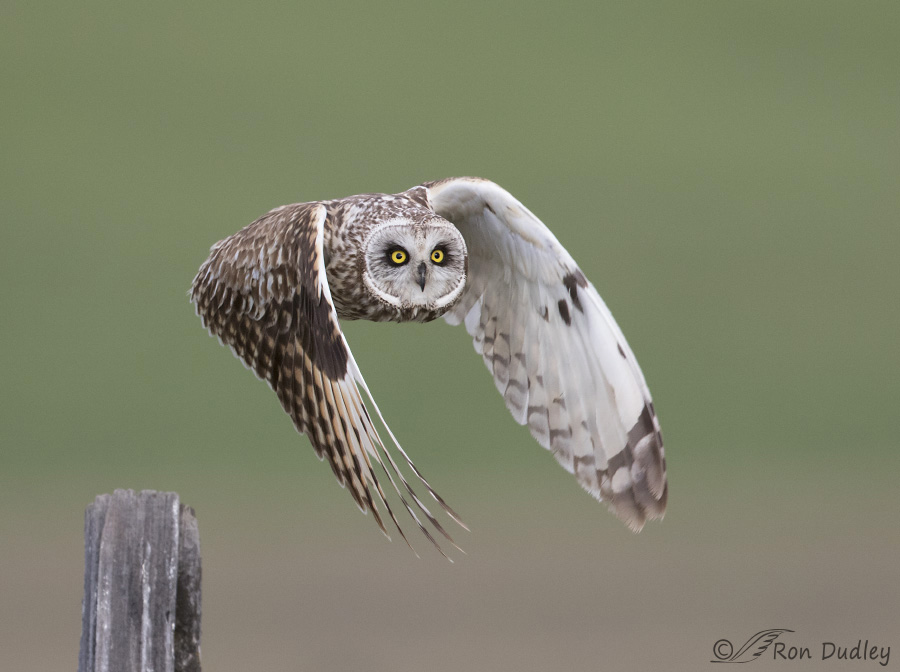 1/3200, f/5, ISO 400, Canon 7D Mark II, Canon EF 500mm f/4L IS II USM, not baited, set up or called in
1/3200, f/5, ISO 400, Canon 7D Mark II, Canon EF 500mm f/4L IS II USM, not baited, set up or called in
This photo of another SEO, taken in the same area at 7:40 AM on May 25 last year, shows those owl eyes as I much prefer them – the eyelids are completely open and there’s no shadow across those spectacular yellow irises. In addition the softer light on the bird is more aesthetically pleasing and I have (subtle) catch lights in both eyes. When I compare this photo to the first one in the series especially I think there’s a stark difference.
Will I delete the flight series because I’m not fond of the shaded eyes and the effect of the sun angle on image quality? Of course not – I do like the images. But they could have been so much better if the sun had been lower in the sky and the light softer.
I’ve never understood why some photographers are willing to invest huge chunks of their time and many thousands of dollars in camera gear (I think many readers might be surprised by how large those investments are in some cases) but refuse to give up a little TV time (or whatever) in the evenings or morning snooze time in order to dramatically improve the overall quality of their photographic results.
Different strokes I guess. It’s all a matter of priorities…
Ron
PS – Many experienced bird photographers live by the following rule. Rules are made to be broken but I think it’s a pretty good overall guideline:
- “On sunny days pack it in whenever your shadow is shorter than you are tall”.


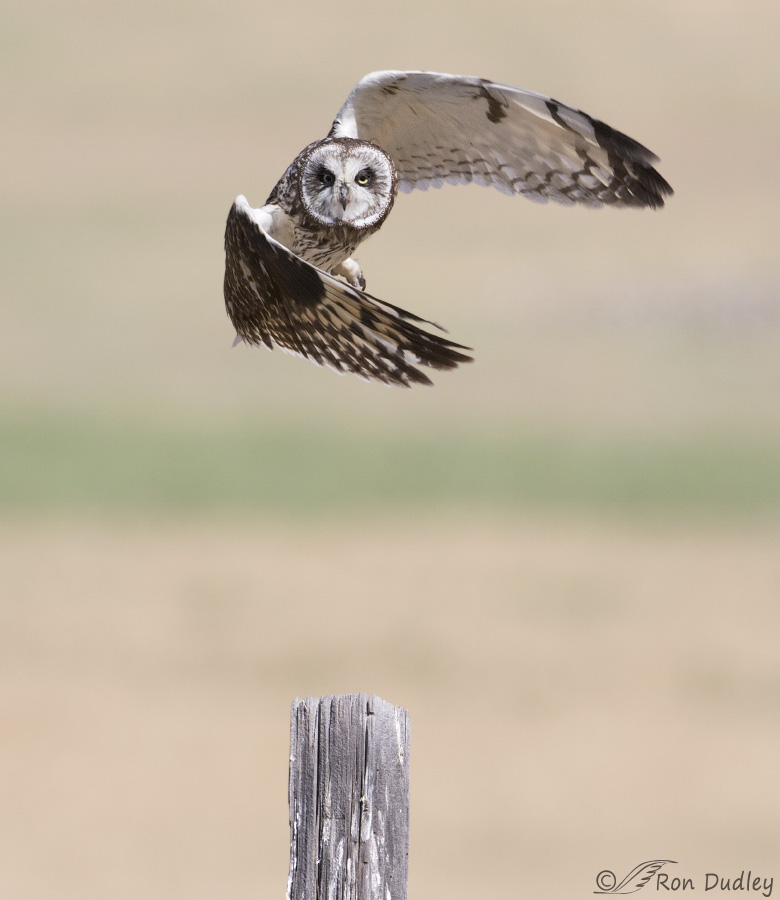
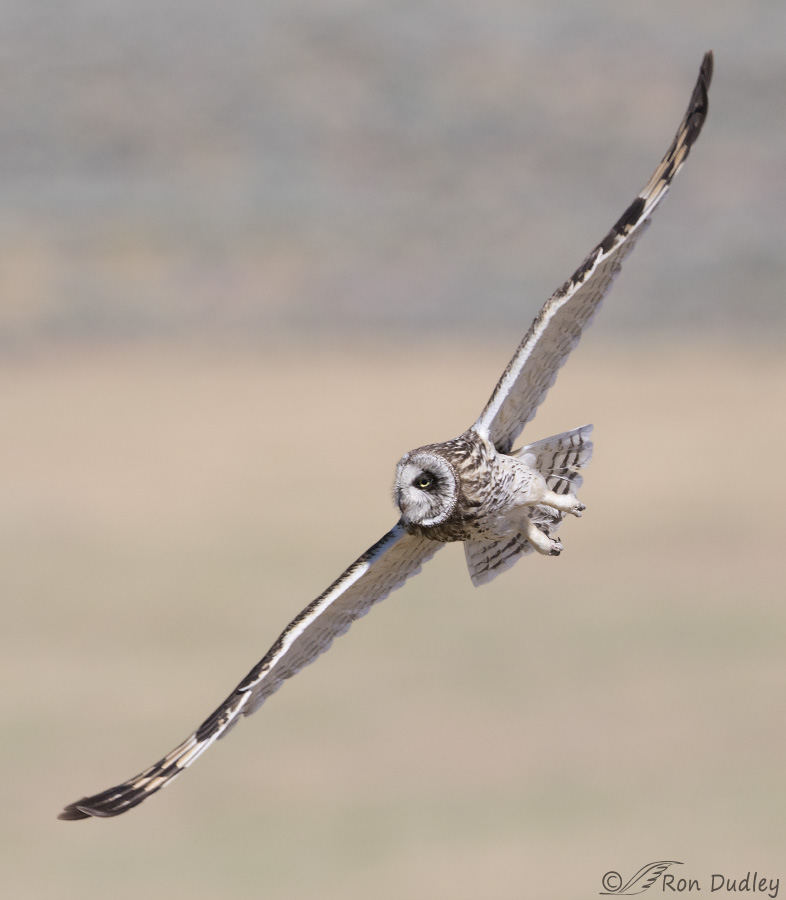
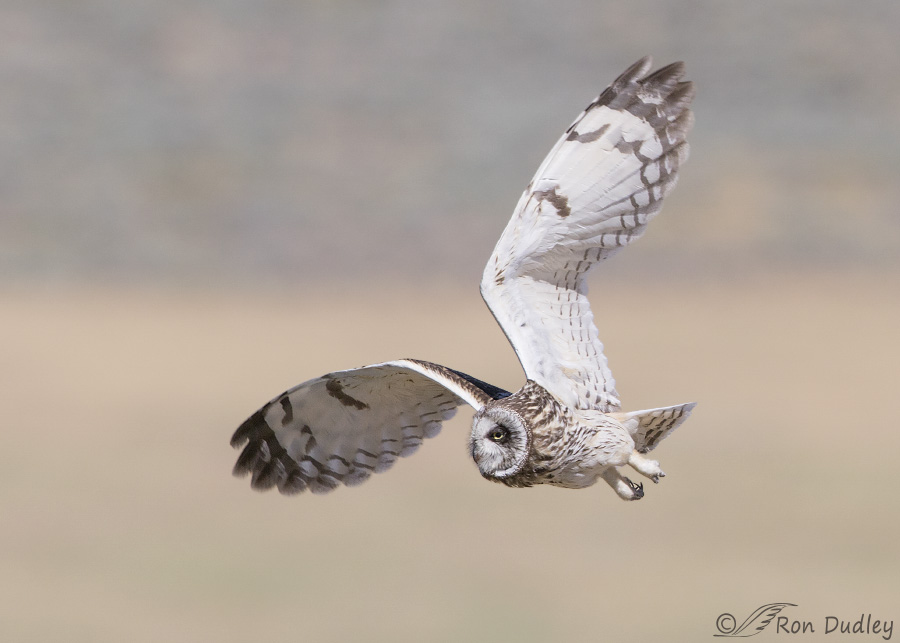
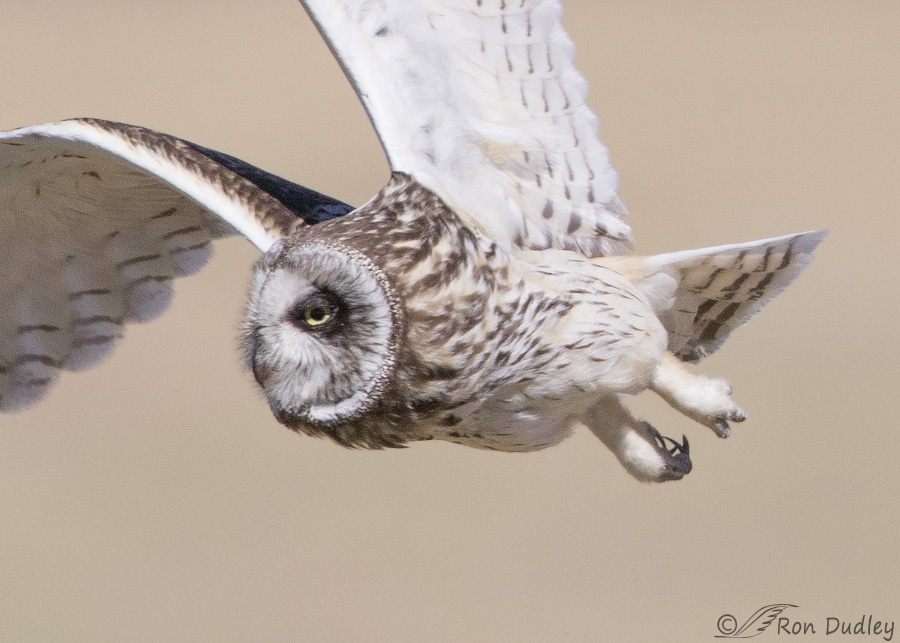
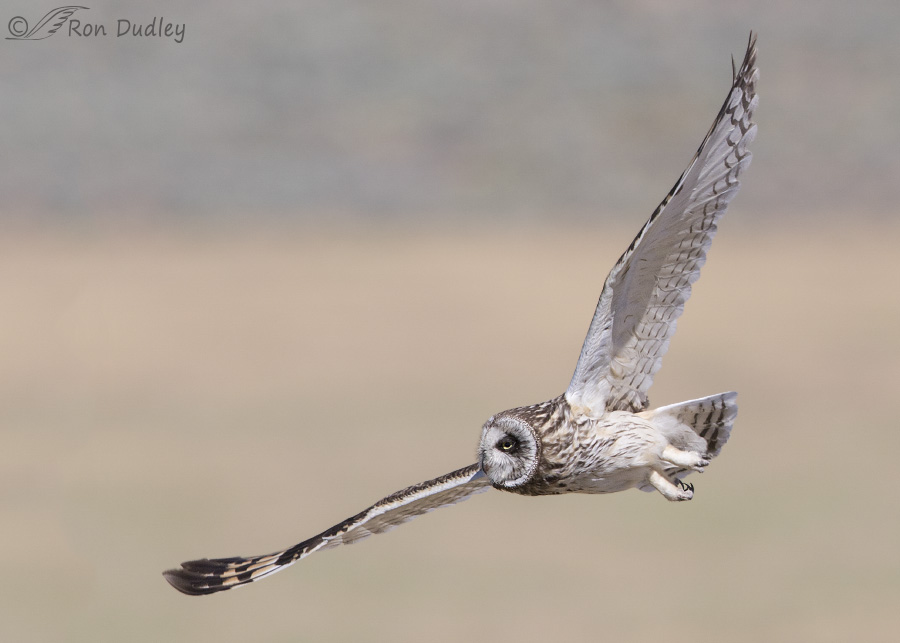
When I lived in Georgia, if you were up before the sun, you were up at deer-thirty. That was a reminder to those of us who had long commutes to watch out for the four-legged beauties who didn’t care if you were doing 55 when they felt like heading home. I assume that’s the time you need to be “on the ground” for your photography.
Awwww so cute and I love the “Jammies” legs! Thank you Ron!
🙂
It is inspiring to to see your dedication. Makes me want to start getting to bed earlier so I can get up and catch that magic morning light. I frequently photograph in the late afternoon and early evening though. Thanks for getting up early and all the work you do making this blog.
In many ways evenings work just as well, Joanne. Good luck with your photography. Thank you.
Great post. Reminds me of when I was a kid going trout fishing with my Dad and Grandpa in Colorado. We always arrived to start fishing at first light. The best fishing was pretty much over by 8 or 9 at the latest. We’d often be heading home when others arrived to see our stringers of nice fish and they’d fish all day long and maybe get lucky and catch a couple little guys. I’ve been hooked on dawn ever since.
Early mornings are best for a lot of things, Kent – especially when it involves nature.
I am a morning person but delight in the soft light at either end of the day.
And here, in total darkness because dawn is still hours away, I delight in your images and commentary. And commentators.
Thank you all.
I do understand that “total darkness because dawn is still hours away” thing, EC. On most mornings I experience the same thing. Thank you.
This is a really good lesson in bird photography. Me, I shoot what I see when I see it, and it’s not likely to be really early in the morning… But I mostly photograph plants, insects, animal tracks (got Roadrunner tracks today), and fortunately the light doesn’t make as much difference for those subjects, especially with my point and shoot camera. 🙂
Susan, the main thing is that we all have fun with our photography – no matter the subject and no matter how seriously we take it.
I very much appreciate the lesson and the photo comparison between the lighting conditions. Well explained and well demonstrated.
And I very much appreciate your feedback, Zaphir. It means a lot coming from another dedicated bird photographer like you.
Thank you for another wonderful lesson! I never thought about owls doing their own version of squinting in bright light, although it makes perfect sense. The wing position in the first shot and the perfect diagonal of the second are still incredible, regardless of the light issues.
I like those flight postures too, Marty. Thank you.
Thank you for the extremely useful photos and narrative. ‘A picture is worth a thousand words’, however in your case we are lucky to get both!
We’re lucky you are a morning person. I am not, but when I turn on my computer I always look for ‘Feathered Photography’ to make my day.
I agree that the owl’s eyes are quite spectacular with the yellow irises.
Thank you, again, Ron.
Thanks for the very kind words, Alice.
Also for Doogs’ reference–most landscape photography -and landscape paintings-are improved with low, sometimes called “raking” light—it rounds out the forms of most objects…….
Thanks, Kris.
I don’t mean to side track the wonderful lesson on the golden hour but the photos in bright light are perfect for my query. I have always wondered if SEO have dark feathers around there eyes to help their sight during bright daylight. Similar to football players darkening Their cheekbones to stop glare?
April, I’ve always assumed it was to reduce glare, especially since SEO’s hunt during daylight more often than most owls. Don’t know that for sure though…
I’m not a morning person, nor am I a “photographer” — sometimes I just get lucky with a shot! — but that’s why I depend on you to be out there getting those first-light/morning-light photos of all the raptors and other creatures stirring in the wild while I’m asleep. Then I can enjoy your beautiful images while I’m eating breakfast and having my first cup of coffee! 😁 So thanks for all you do and share, Ron.
I like your perspective, Chris! 🙂 Thank you.
I whole-heartedly agree that if something is worth doing, it’s worth doing well. Folks who routinely settle for mediocrity annoy me mightily, but I will not settle for that in MY life.
For whatever it’s worth, I absolutely love the end-of-day light that makes the reds on Mariah’s breast just POP, along with the oranges that live in the browns of her wing and back feathers! I love that time of day with her. Then, there’s my double-throw-down favorite color–late-afternoon sunshine filtering through those lovely red tail feathers! I also love the light of dawn and I’m thoroughly engrossed in watching how the various light of day plays across the mountains that surround my new home. Just beautiful! I’m so easily amused! 🙂
Laura, For photography “end-of-day” light can be just as good as morning light. I prefer mornings over evenings for three reasons: I’m a morning person by nature, I face significantly less traffic on my photo-commutes in the morning than I do in the evening and birds tend to be most active in the morning after a long night hunkering down with no food.
And I agree about the tail of adult RTH’s – in either morning or evening light!
Laura, I thought about you and Mariah yesterday as I was leaving the animal shelter. There must have been some interesting air currents rising from the parking lot because a red tail was riding them. He or she was in pretty low to catch the updrafts and was just gliding in lazy loops for quite a while. I was close enough to notice some of the wing and tail adjustments. I kept wishing that Ron, Mia, and their respective cameras were with me. 🙂
Marty, I’ve been SO blessed and privileged to spend so much time with Mariah, learning from her and carrying that knowledge forward. Words are just so inadequate but those sights are the best times of my life. I often just stop and watch, letting the sheer, raw beauty wash over me. It’s just SO sweet to share those times. Jack, the fiercely lethal Goober Doodle Harris’ hawk is a completely different kind of magic and I can’t wait to let him get going on the pesky wabbits and quail here. Skye, the Evil Princess Kestrel is another matter entirely. Sigh! LOL!
Thank you for the lesson, Ron! So greatly appreciated. We don’t have many courses here but I have been to two classes and both times the class was disturbed by a disruptive adult trying to do stand up comedy.
Ha, I do know the type, Shirley! Seems to me there’s something contradictory about the phrase “disruptive adult” if you know what I mean… 🙂
The difference is dramatic…the quality (and color) of light can’t be estimated or overstated….
I agree, Patty. Thank you.
That was supposed to read, “…can’t be OVERESTIMATED”..,evil iPad zapped “over”…
I figured. I’ll always correct a typo when asked but I’m hesitant to do it without permission…
You hsve my permission. Tons of it!!! I need all the help I can get…. between how tiny this text is, my lousy eyesight, and the deliberate, determined sabotage of this evil iPad, I need LOTS of it!!!
Excellent, excellent advice along with very appropriate visual aide!! If you know you are shooting tomorrow GO TO BED EARLY TONIGHT!!
Fortunately I try and practice this when I’m after avian shots, unfortunately butterflies don’t allow me to adhere to this rule very well.
Many thanks for this post!!
“If you know you are shooting tomorrow GO TO BED EARLY TONIGHT”
Exactly, Dick. To coin a phrase, “anything worth doing is worth doing well”… 🙂
“anything worth doing is worth doing well”… I was brought up on that phrase, it seemed to be ingrained in both my parents and Grandparents!!
Great examples of what light does. Of course, here in NC MT. the nights are pretty short in the summer so it’s up VERY early or staying up late to get that light! 🙂
Indeed, Judy – it’s VERY early even down here in Utah. This time of year I have to get up by no later than 3:30 AM in order to have time to complete my blog post and leave the house by 5 AM and make the 90 minute drive to one of my favorite locations so I can be there at dawn. Thankfully I’m a morning person…
My end of the day also – things tend to start going downhill after lunch 🙂
Me too. For me a nap after lunch is invariably part of my routine!
Great series and interesting info!
Charlotte
Thanks, Charlotte.